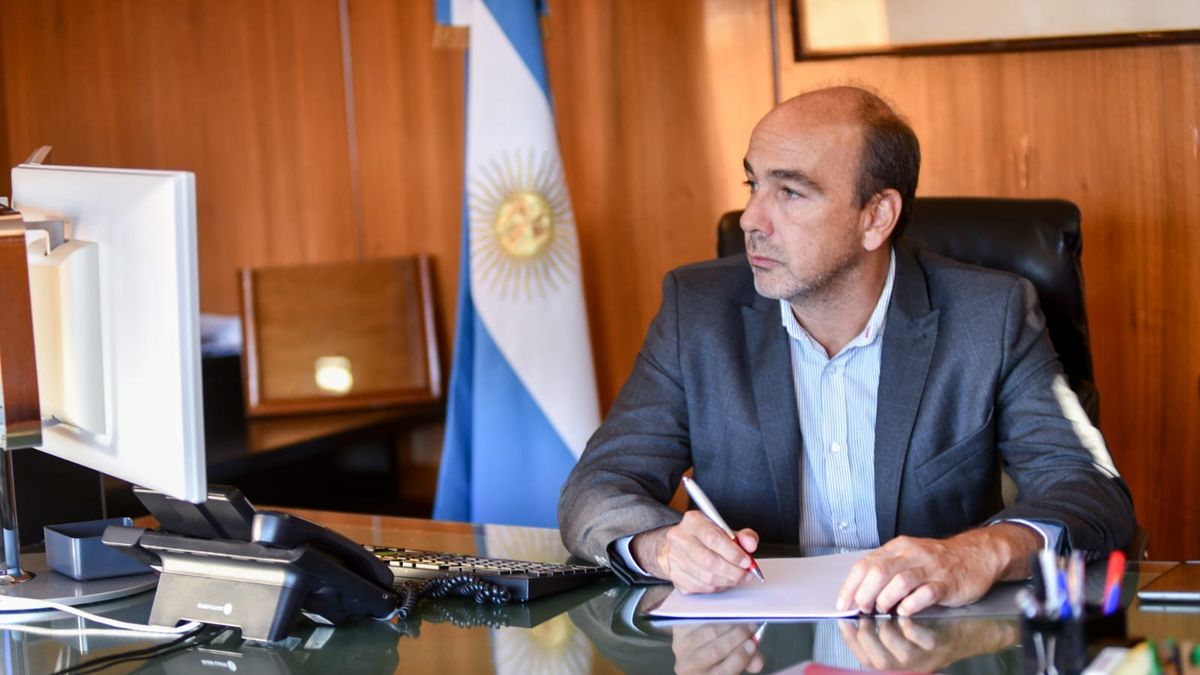After having easily exceeded the debt maturities in pesos in June, the economic team is preparing to face a new month with amounts that could be classified as heavy. In Julyhas ahead commitments for just over $1 trillion and most of it is in the hands of private investors.
In the market it is expected that the Secretary of Finance, Eduardo Setticontinue with the strategy that has been developing in recent calls to offer a majority of indexed bonds, either by inflation or by the official dollar, or both at the same time.
In June the roll over rate reached 136% and was 4.4 points higher than that of May, a ratio that is still below 2022, since last year it was 147%. Although it is 15 points higher than the value of the first semester of last year.
A piece of information that shows the effectiveness that the Ministry of Economy is having in overcoming the wall of maturities that had been generated for the months prior to the primary elections is that the accumulated net financing up to now is 18% higher in real terms than in the same period of 2022, something that occurs for the first time in the year. In May it was 13% lower, and in April 38%.
According to the consulting firm Invecq, the Ministry of Finance “successfully passed the last test in June” remembering that it faced maturities for approximately $740,000 million and placed instruments for an effective value of $882,000 million.
When including the first tender of the month, the Treasury’s net indebtedness reached $585,000 million against obligations of $1,169 trillion. Gross financing of $1.7 billion was obtained. Thus, the monthly roll over rate was 150%, 3 points above that of May and 26 points in relation to April.
The Ministry of Economy once again improved the placement terms, but at the cost of an almost total indexation of the instruments offered.
Invecq recalls that the Treasury borrowed at 9.2 months, an improvement of 16 and 30 days compared to May and April, in respective way. The private report indicates that “these terms are well above the values of the first quarter, when an average of 4.5 months was recorded, or of the second half of last year, with an average of 5.2 months.
The improvement is undoubtedly explained by the increasing placement of securities with exchange and inflation hedges. “In June, 47% of the gross financing was obtained via instruments tied to CER, 22% to dollar-linked, and 23% was taken by the TDG24 dual bond,” the consultant highlights. Only the remaining 7% was captured through LELITEs, whose effective annual rate climbed to 141.7% on average, which implies a growth of 2.2 percentage points compared to the previous month.
According to data from the Congressional Budget Office (OPC), In the remainder of 2023, the Government has to pay debt in pesos for the equivalent of some US$14,263 million. In July they are about US$4,054 million; August, US$2,722 million; September, US$2,895 million; October, US$2,515 million; November, US$1,562 million and December only US$485 million.
Source: Ambito




